No products in the cart.
Categories
My Publication
Shopping cart (0)
Subtotal: ₹0.00
Spend ₹2,000.00 to get free shipping
Congratulations! You've got free shipping.
₹324.00 Original price was: ₹324.00.₹305.00Current price is: ₹305.00.
Author: Dr. Vijai Prakash Srivastava
Publisher: Kanha Publishing House, Gorakhpur, U.P.
Language: English
Pages: 352
Class: B.Sc. 2nd Year, 3rd Semester
Subject: Physics
16 Students are viewing this books right now
🚚 Shipping Rates & Delivery Dates: See at Checkout!
शिपिंग दरें और डिलीवरी की तारीखें: चेकआउट पर देखें!
🎉 Special Offers on Books: Explore at Checkout!
📚 किताबों पर विशेष ऑफर: चेकआउट पर देखें!
💳 Pay Prepaid & Get Extra 5% Off!
प्रीपेड भुगतान करें और अतिरिक्त 5% छूट पाएं!
🛒 Shop All Books Now!
🛒 सभी किताबें अभी खरीदें!
🚚 Shipping Rates & Delivery Dates: See at Checkout!
शिपिंग दरें और डिलीवरी की तारीखें: चेकआउट पर देखें!
🎉 Special Offers on Books: Explore at Checkout!
📚 किताबों पर विशेष ऑफर: चेकआउट पर देखें!
💳 Pay Prepaid & Get Extra 5% Off!
प्रीपेड भुगतान करें और अतिरिक्त 5% छूट पाएं!
🛒 Shop All Books Now!
🛒 सभी किताबें अभी खरीदें!
Your Payment is 100% Secure
| Weight | .425 kg |
|---|---|
| Dimensions | 15 × 1.5 × 24 cm |
| Types Of Book | Paperback |
| Publication | Kanha Publishing House, Gorakhpur,up. |
| Writer | Dr. V.P. Srivastava (St. Andrew's College, Gkp) |
| Subject Of Book | Physics {Electromagnetic & Optics} |
| Class | B.Sc. 2nd Year 3rd Semester. Student |
| No. Of Pages | 352 Pg. |
| Language | English |
Author: Dr. Vijai Prakash Srivastava
Publisher: Kanha Publishing House, Gorakhpur, U.P.
Language: English
Pages: 352
Class: B.Sc. 2nd Year, 3rd Semester
Subject: Physics
Description:
“Electromagnetic Theory & Modern Theory” by Dr. Vijai Prakash Srivastava is an essential text for B.Sc. students in their 2nd year, 3rd semester. This comprehensive book covers fundamental concepts and advanced topics in electromagnetic theory and modern physical optics, providing a solid foundation for students. The text is divided into two parts: Part A focuses on Electromagnetic Theory, while Part B delves into Physical Optics and Lasers. The clear explanations, detailed illustrations, and practical applications make it an invaluable resource for understanding complex physical phenomena.
**Contents:**
**Part A: Electromagnetic Theory**
**Unit 1: Electrostatics**
– Electric charge & charge densities
– Electric force between two charges
– General expression for Electric field in terms of volume charge density
– Divergence & curl of Electric field
– General expression for Electric potential in terms of volume charge density
– Gauss law and applications
– Study of electric dipole
– Electric fields in matter
– Polarization
– Auxiliary field D (Electric displacement)
– Electric susceptibility and permittivity
**Unit II: Magnetostatics**
– Electric current & current densities
– Magnetic force between two current elements
– General expression for Magnetic field in terms of volume current density
– Divergence and curl of Magnetic field
– General expression for Magnetic potential in terms of volume current density
– Ampere’s circuital law and applications
– Study of magnetic dipole (Gilbert & Ampere model)
– Magnetic fields in matter
– Magnetization
– Auxiliary field H
– Magnetic susceptibility and permeability
**Unit III: Time Varying Electromagnetic Fields**
– Faraday’s law of electromagnetic induction and Lenz’s law
– Displacement current
– Equation of continuity and Maxwell-Ampere’s circuital law
– Self and mutual induction and applications
– Derivation and physical significance of Maxwell’s equations
– Theory and working of moving coil ballistic galvanometer and applications
**Unit IV: Electromagnetic Waves**
– Electromagnetic energy density and Poynting vector
– Plane electromagnetic waves in linear infinite dielectrics
– Homogeneous & inhomogeneous plane waves
– Dispersive & non-dispersive media
– Reflection and refraction of homogeneous plane electromagnetic waves
– Law of reflection
– Snell’s law
– Fresnel’s formulae (only for normal incidence & optical frequencies)
– Stoke’s law
**Part B: Physical Optics & Lasers**
**Unit V: Interference**
– Conditions for interference and spatial & temporal coherence
– Division of Wavefront: Fresnel’s Biprism and Lloyd’s Mirror
– Division of Amplitude: Parallel thin film, wedge-shaped film, and Newton’s Ring experiment
– Interferometers: Michelson and Fabry-Perot
**Unit VI: Diffraction**
– Distinction between interference and diffraction
– Fresnel’s and Fraunhofer’s classes of diffraction
– Fresnel’s Half Period Zones and Zone plate
– Fraunhofer diffraction at a single slit, n slits, and Diffracting Grating
– Resolving Power of Optical Instruments
– Rayleigh’s criterion and resolving power of telescope, microscope, & grating
**Unit VII: Polarisation**
– Polarisation by dichroic crystals
– Birefringence, Nicol prism retardation plates, and Babinet’s compensator
– Analysis of polarized light
– Optical Rotation: Fresnel’s explanation of optical rotation
– Half Shade & Biquartz polarimeters
**Unit VIII: Lasers**
– Characteristics and uses of Lasers
– Quantitative analysis of Spatial Temporal coherence
– Conditions for Laser action and Einstein’s coefficients
– Three and four-level laser systems (qualitative discussion)
Be the first to review “Electromagnetic Theory &Modern Optics Kanha” Cancel reply
Related products
Sale
Graph Theory And Discrete Mathematics Ramprasad
🔥 3 items sold in last 7 days
Sale
Quantum Mechanics And Spectroscopy Ramprasad
🔥 7 items sold in last 7 days
Sale
Classical Literature &History Of English Literature B.A. 5th Sem.Testbook Shivam’s
🔥 3 items sold in last 7 days
Sale
British, American And Indian Popular Fiction English Testbook Of B.A. 5th Sem. Shivam’s
🔥 3 items sold in last 7 days
Sale
Solid State and Nuclear Physics (B.Sc. Sem-VI)
🔥 4 items sold in last 7 days
You may add any content here from XStore Control Panel->Sales booster->Request a quote->Ask a question notification
At sem a enim eu vulputate nullam convallis Iaculis vitae odio faucibus adipiscing urna.
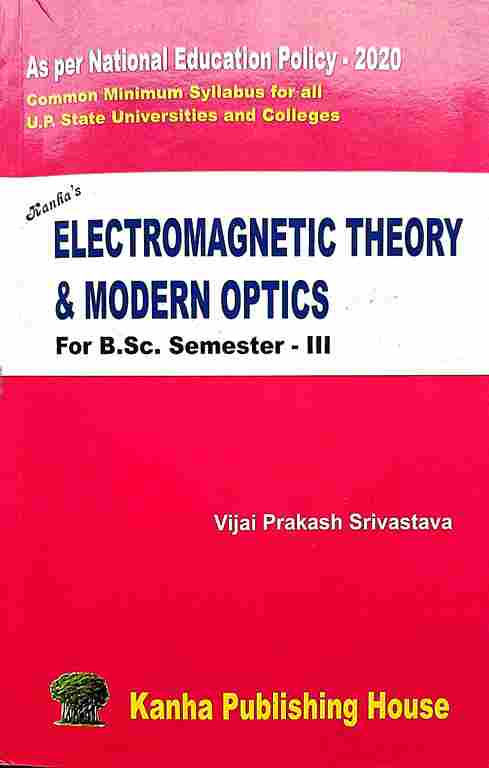
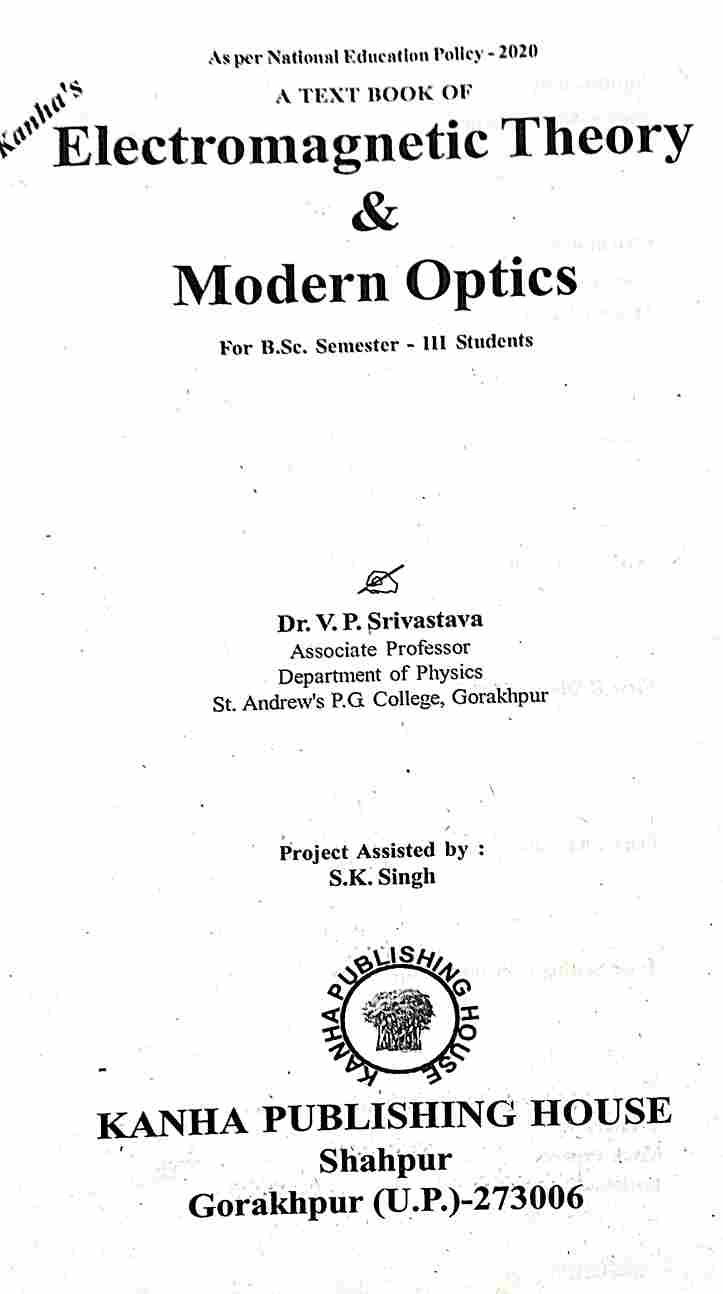
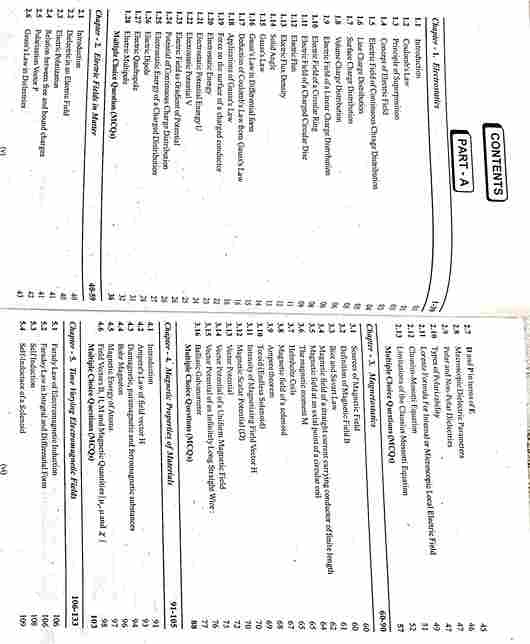
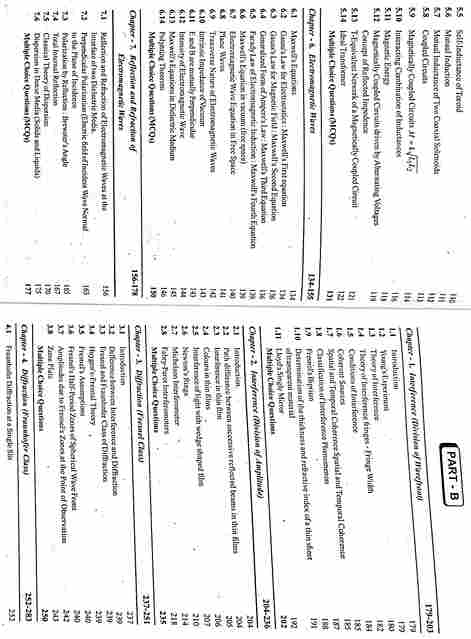

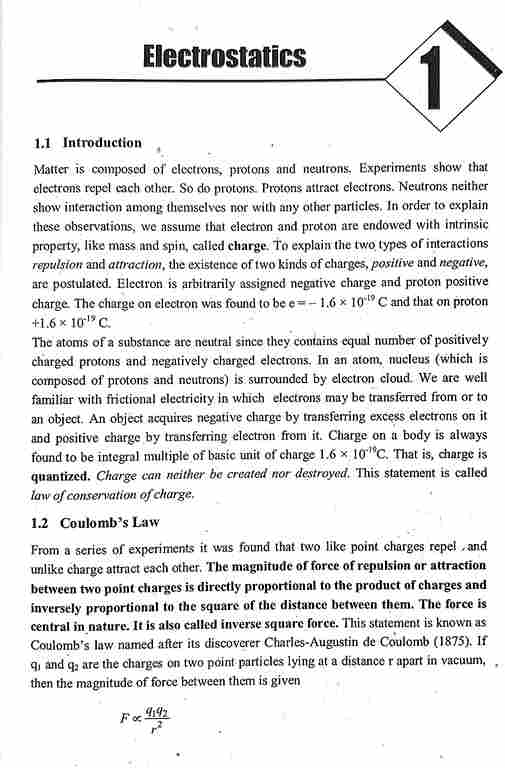
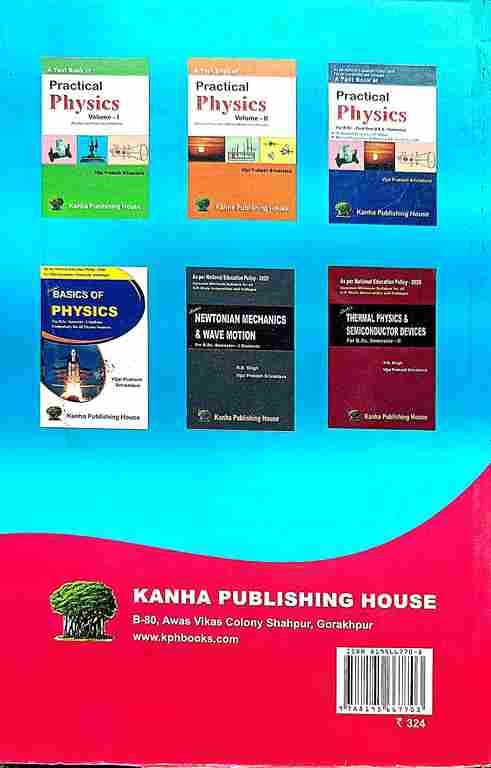
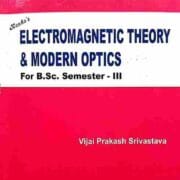
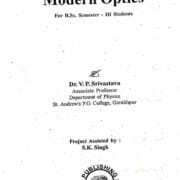
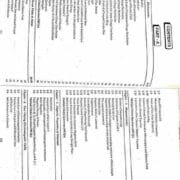




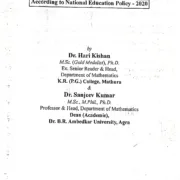

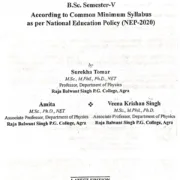
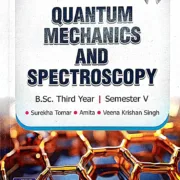
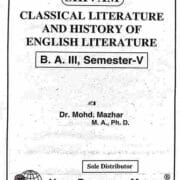

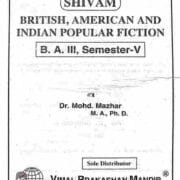


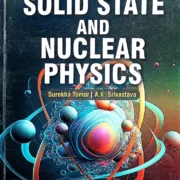


Reviews
There are no reviews yet.